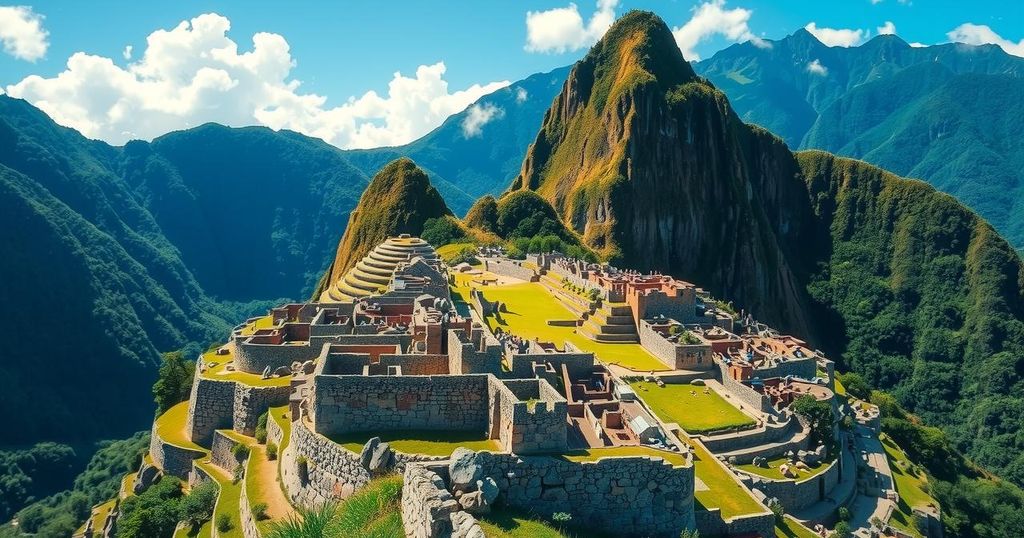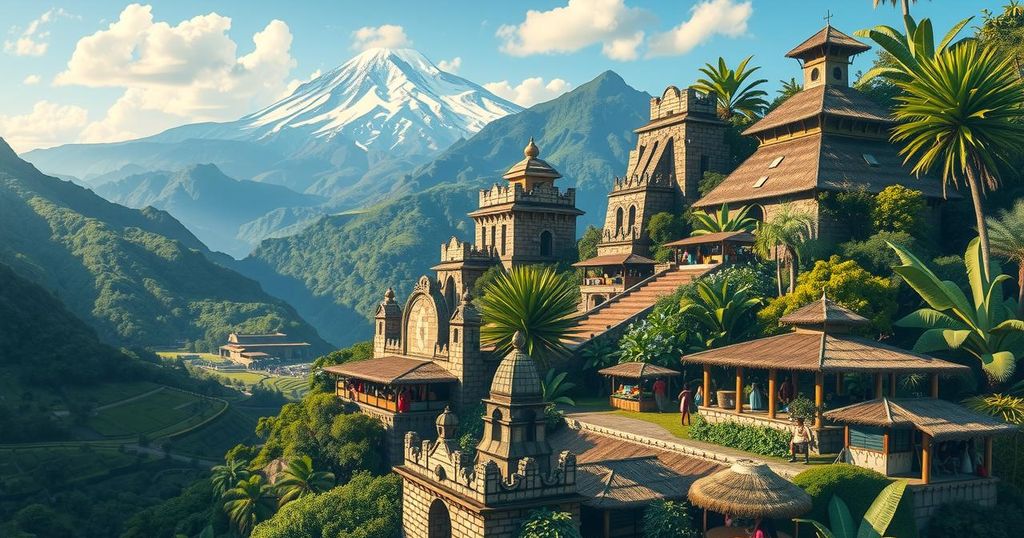Avoid Machu Picchu? Peru Worried About Impact of Mass Tourism
- UNESCO World Heritage site Machu Picchu attracts over 1.5 million visitors each year.
- Leading global tourism platform finds Machu Picchu “no longer worth it” for visits.
- Machu Picchu faces threats of over-tourism and potential damage to its heritage.
- Local agencies continue to sell Cusco travel packages, emphasizing advanced booking.
- Concerns of erosion and structural decline surface during peak tourist seasons.
Tourism Ratings Decline for Machu Picchu
Concerns About Mass Tourism’s Impact Peru’s iconic site of Machu Picchu, a UNESCO World Heritage location frequented by over 1.5 million tourists annually, recently received a rather dire evaluation from a prominent travel platform. This platform, widely used in the tourism industry, declared that visiting the site has become “no longer worth it.” The concern stems from crowded conditions that visitors face, coupled with high costs, and the potential irreversible damage to this treasured cultural landmark.
Travel Agencies Still Promote Inca Heritage
Local Perspectives on Ticket Bookings In the heart of Cuzco, the bustling gateway city to Machu Picchu, local travel agents still market the 15th-century Inca citadel as their most popular destination. Milagros Causi Paucca, a travel agency manager, reports that many customers are determined to spend extra nights in the nearby village of Aguas Calientes, just to secure entrance to Machu Picchu. She advises making reservations long in advance due to high demand, as the once-unrivaled attraction struggles to maintain its reputation without being hindered by overwhelming visitor numbers.
Erosion of Paths and Structural Concerns
The Risk to Cultural Heritage With three-quarters of its visitors coming from foreign lands, Machu Picchu remains the most visited site in Peru, yet the paradox of its fame is becoming more apparent. Reports highlight that heavy foot traffic is leading to erosion of pathways and even threatening the structural integrity of the site itself during peak tourist seasons. The shift in how the world views Machu Picchu, now likened to Venice and Bali under the equivalent burden of overtourism, complicates the balance between maintaining cultural heritage and meeting tourist interests.
Machu Picchu, while still an incredible draw for tourists, faces increasing scrutiny over its sustainability due to a surge in annual visitors. The juxtaposition of an enduring fascination with rising concerns around overtourism paints a challenging future for this emblematic landmark. As industry experts weigh both the economic benefits and the risks to the site, the need for sustainable tourism practices becomes ever more urgent.




Post Comment